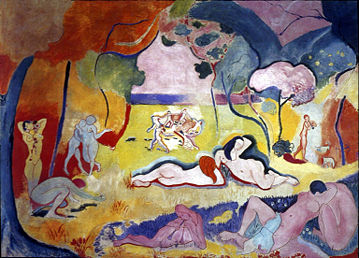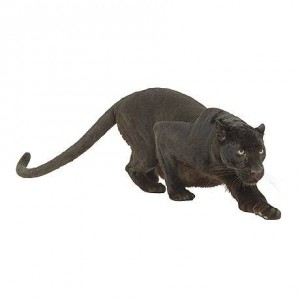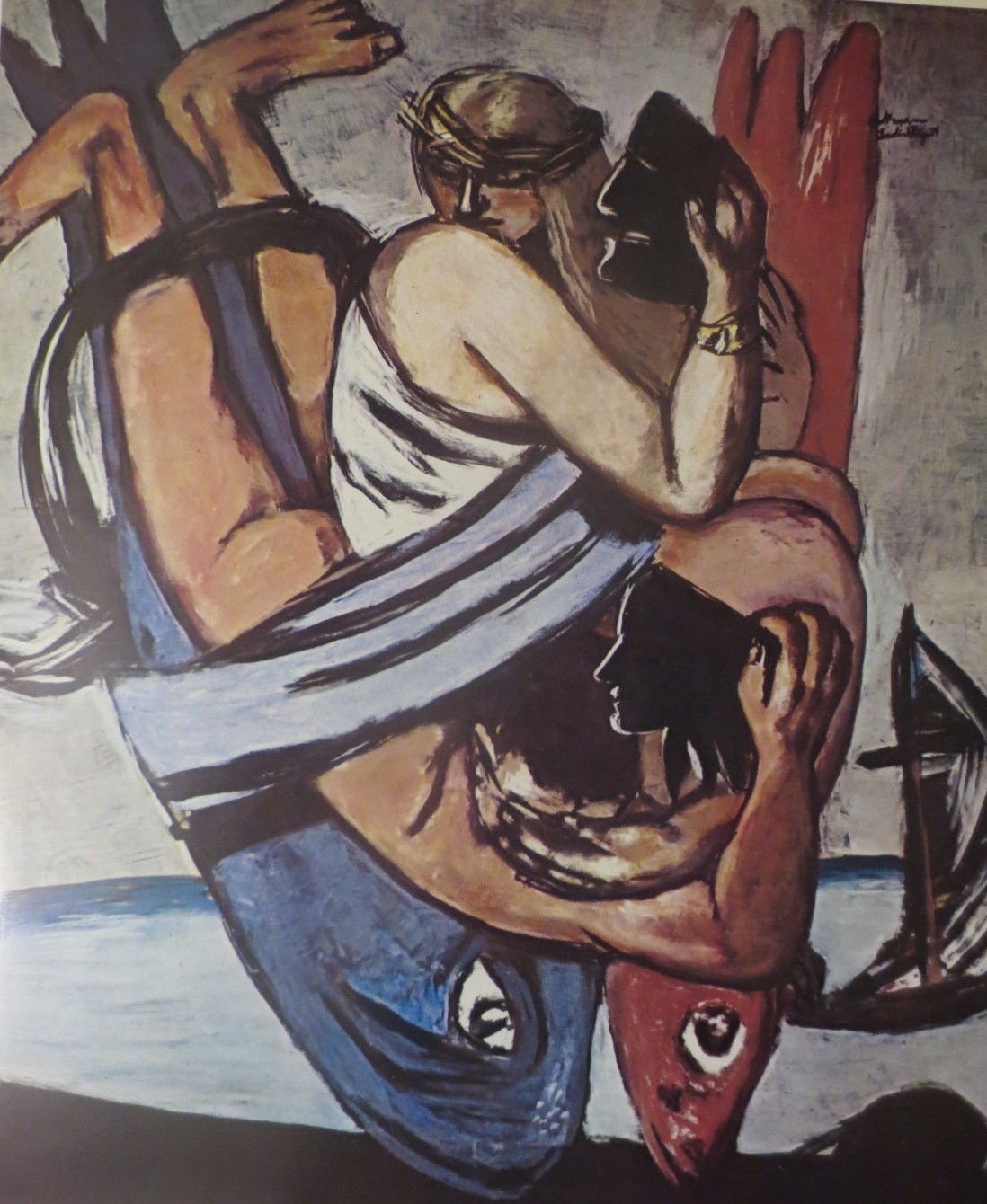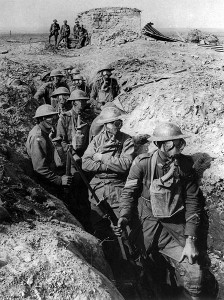
Henry Matisse was born in northern France, he studied Law in Paris before realising that he wanted to be an artist, from 1891 he studied in Paris. He wrote that while painting he had discovered ‘ a kind of paradise.’ He was a leading member of the Fauve movement or the Wild Ones, the Fauve painters were revolutionary, Matisse wold develop new styles of painting as the years passed but the Wild Ones were a link to modern art, another bridge. Matisse was a leading figure in this art movement while remaining an upholder of the classical French tradition studying work by artists like Chardin, Poussin and Watteau. He spent time in London and saw the Turners there, when he was more financially secure he lived in Algiers and Morocco absorbing the art of Islam, he knew the work of Van Gough and became a lifelong friend of Picasso whom he met in 1906, he also admired Manet and Japanese art, all these influences will have been stored to use in his own way. He had a daughter called Marguerite with his model Caroline Joblau, he then married Amelie Noelle Paryre, they had a daughter, Emilie took on the care for Marguerite.
Matisse drew what he saw but changed the colour if required to bring balance, ‘the colour became the subject of the painting as well as its expression, ‘ He was a master draughtsman and his colour theory was bold, he would use reds against greens, violets against yellows for example, complementary colours that affected each other making them more vibrant, he wrote that he did not paint what he saw literally but how he felt about it, the emotion it produced in him in an embodied way. I admire Matisse’s work enormously he is one of my favourite painters, his colours are magnificent.
The Joy of Living, Le Bonheur was painted in the years 1905 and 1906, the symbolism is carried in its title, the painting is a nostalgic return to the Garden of Eden where clothes are not necessary, work is not a trial and sadness does not exist, what bliss! The yellow beach stretches out far to sea, tree trunks are coloured aqua marine and violet, the leafy canopy ranges through pale ochre, orange, green and violet, a patch of sky above the tree on the right hand side is a delicate pink/purple. The curves of the figures are echoed by the sinuous tree trunks which form a curtain on this stage, the main lovers are bounded by a shady outline, as though they are immune from what is going on around being only involved with each other. The figures are not to scale, we are invited to enter the painting and view them from different perspectives, there is some perspective we see the distant horizon, the colours are not as we see them, why should a sky be blue in a dream? Matisse wrote ‘ Slowly I discovered the secret of my art. It consists of a meditation on nature,’ the fauna and flora around him. It is ‘the expression of a dream which is always inspired by reality’.
Matisse was non-political, his daughter Marguerite was an activist in WW2 she was captured and tortured by the German authorities, it can be imagined how distraught he felt, she managed to escape while being moved to a concentration camp. He became ill in his old age but continued to work in his sick bed, with the help of assistants he created large coloured paper cut outs, many of which were exhibited in London recently. He died after a heart attack in 1954
Image from wikimedia commons.





